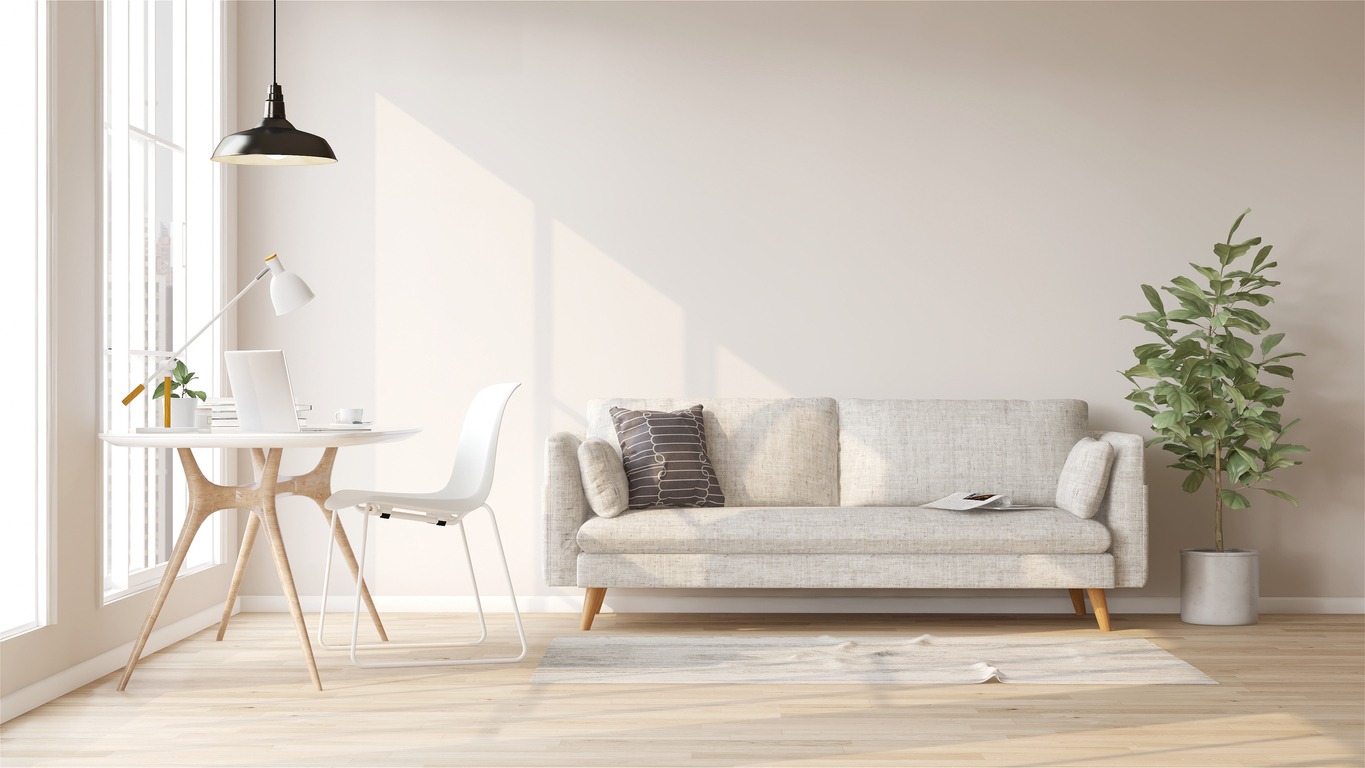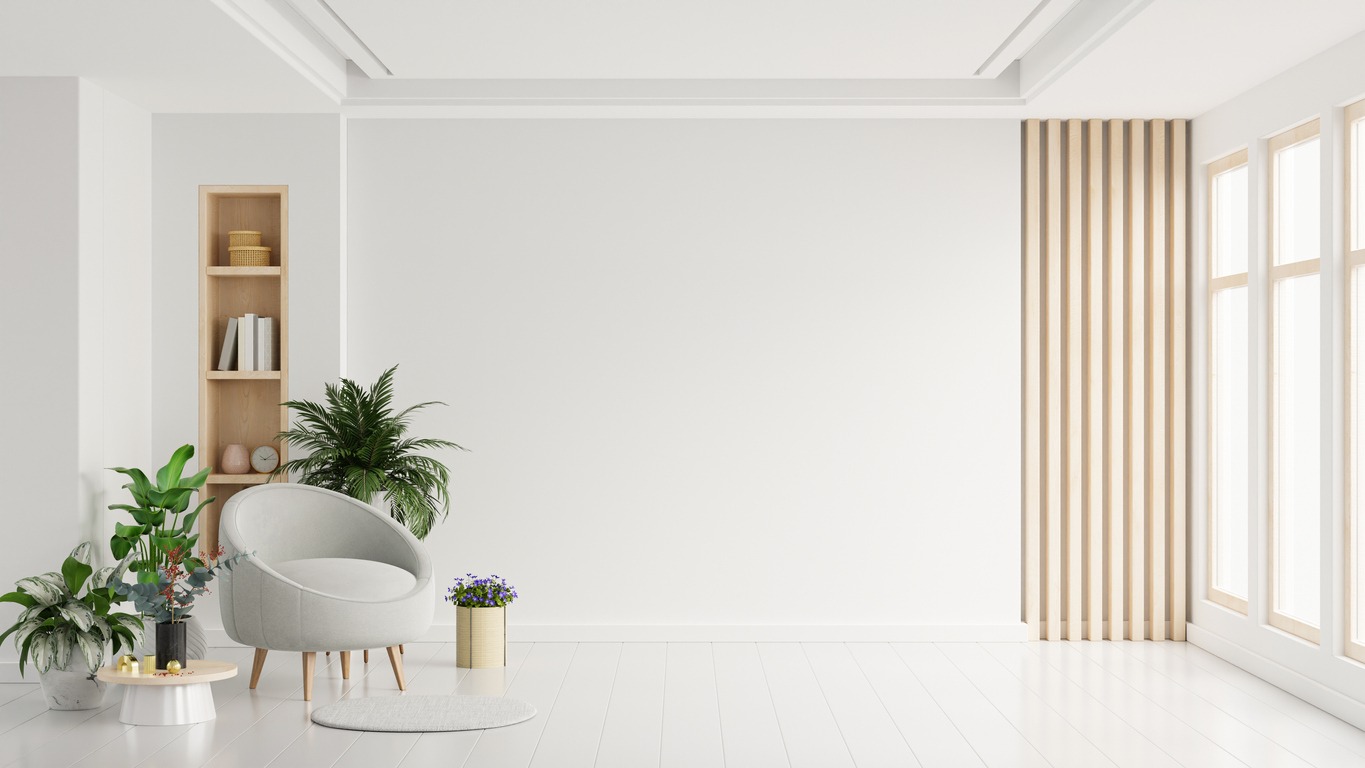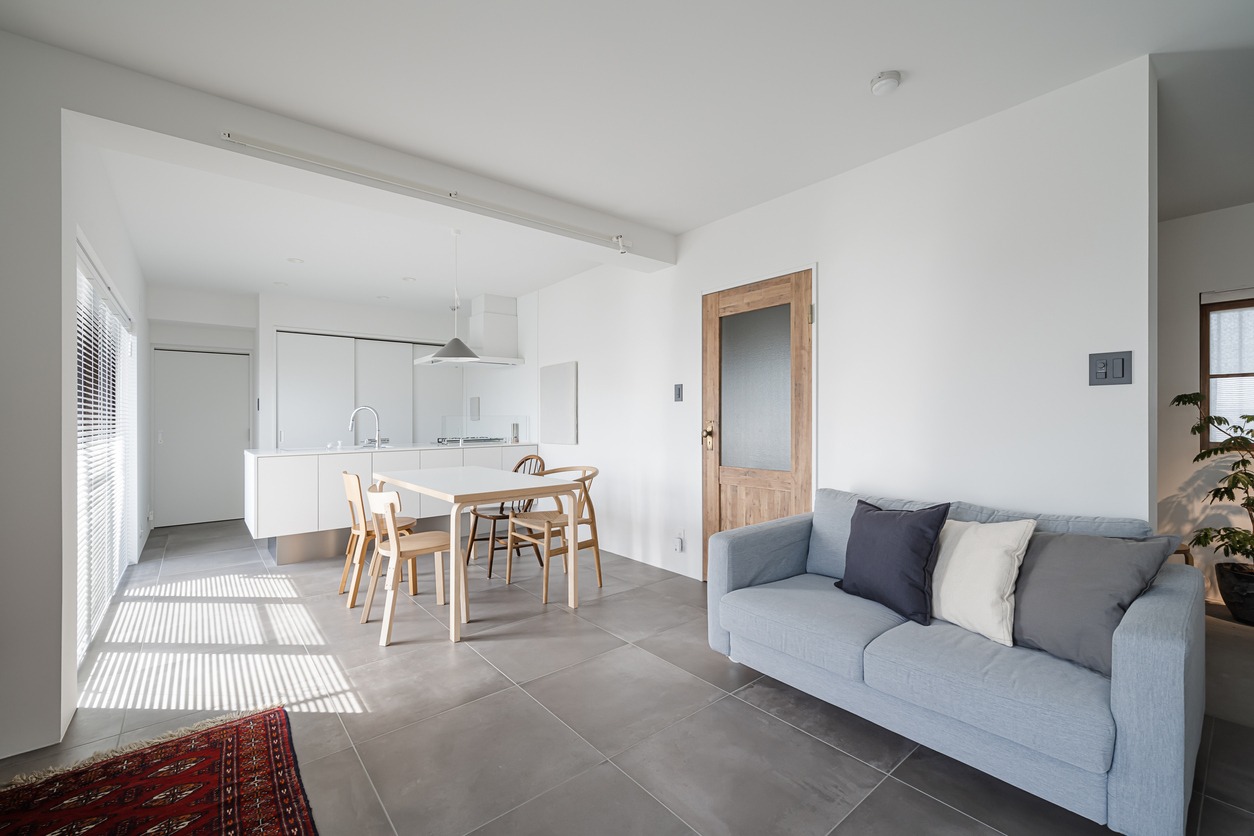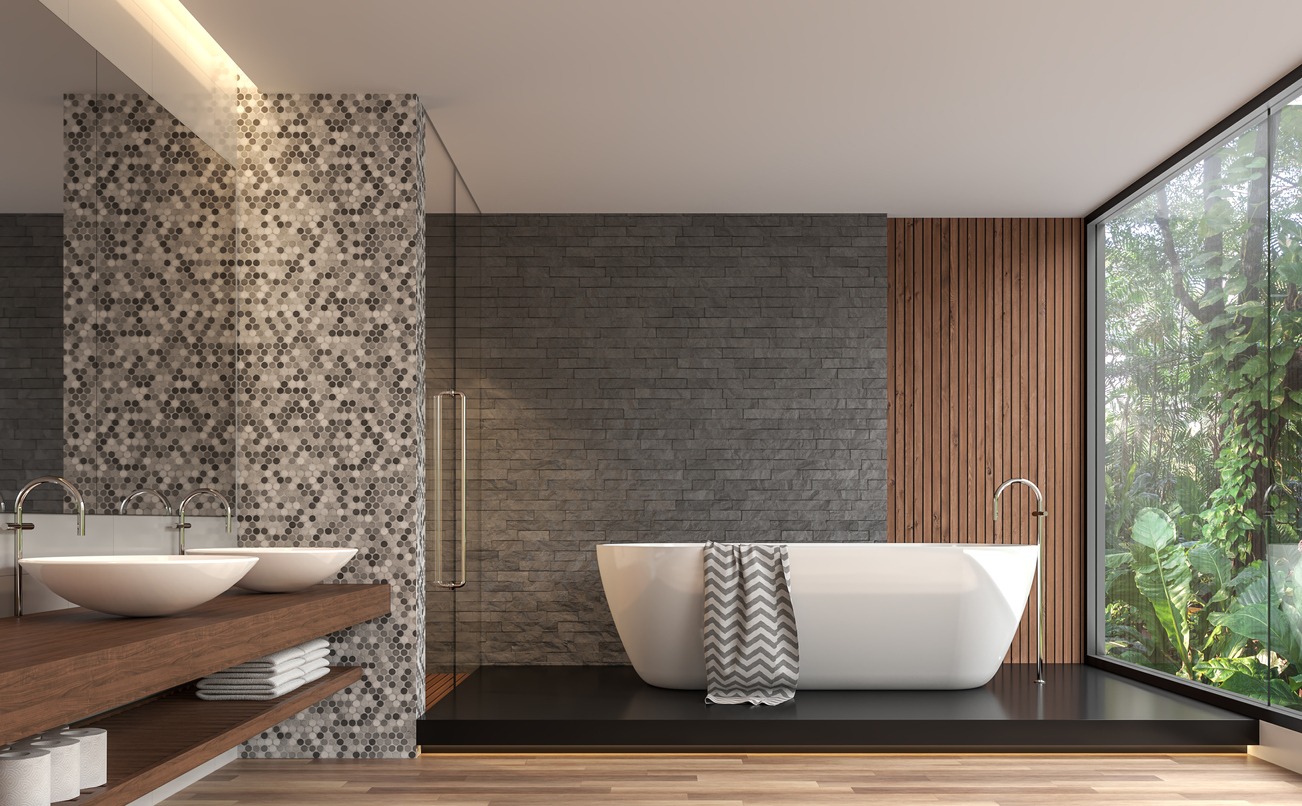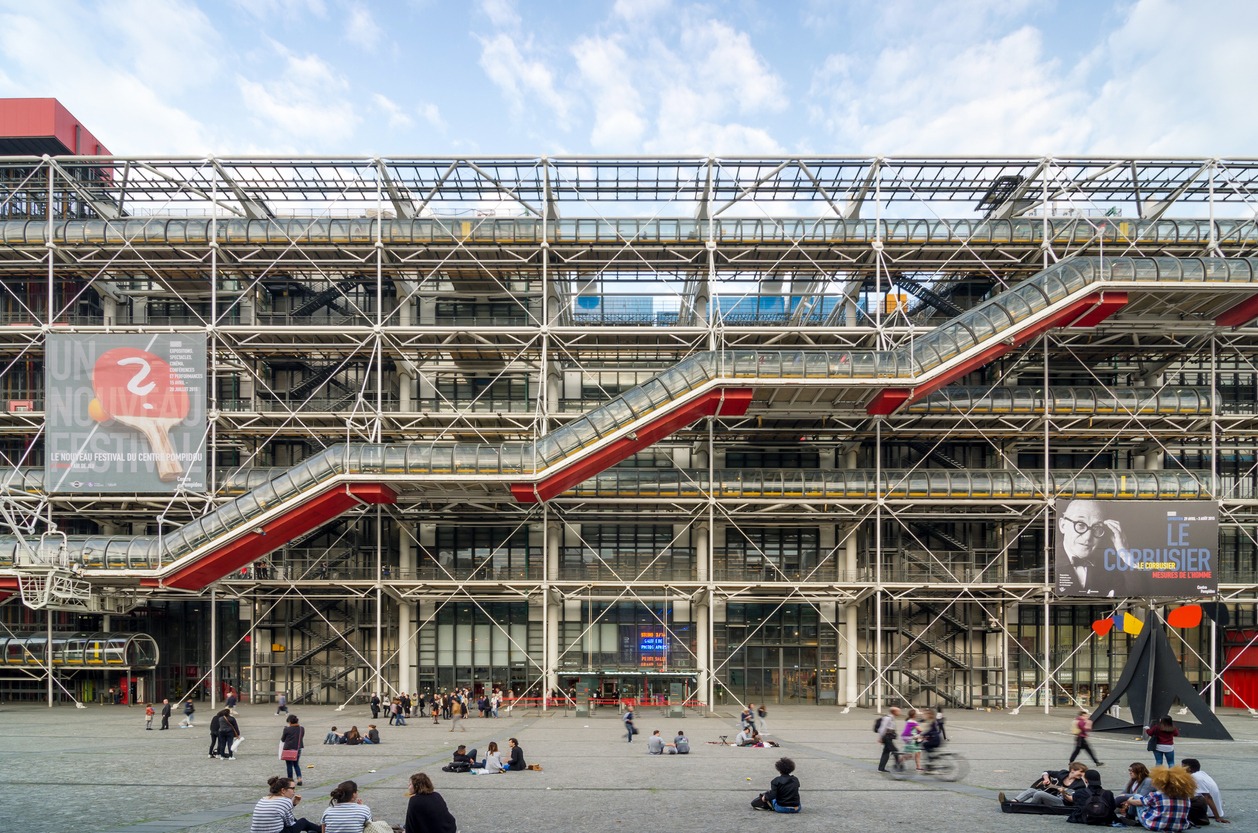Minimalist design, often encapsulated in the phrase “less is more,” is a design philosophy characterized by simplicity, functionality, and clarity. Rooted in the Japanese tradition of Zen Buddhism, which emphasizes the value of simplicity and naturalness, minimalist design also draws inspiration from the De Stijl art movement and the Bauhaus school of the early 20th century. These movements sought to strip away excess and focus on the essentials, resulting in designs that were as much about the space and objects they didn’t include as those they did.
The essence of minimalist design lies in the art of subtraction. It is not merely about using fewer elements but about finding the balance where every component serves a purpose, whether functional or aesthetic. By reducing designs to their most essential elements, minimalist designers aim to create spaces, products, and experiences that are at once serene, efficient, and harmonious.
As we delve further into the world of minimalist design, we will explore its guiding principles, its application in various domains, and how it continues to influence modern aesthetics and functionality. This exploration will not only provide a comprehensive understanding of minimalist design but will also inspire readers to appreciate and possibly incorporate this timeless aesthetic into their own lives.
The Philosophy of Minimalism
Conceptual Underpinnings: Zen Buddhism and Western Influences
Minimalist design, at its core, is deeply rooted in the philosophical and aesthetic principles of Zen Buddhism. Originating in Japan, this ancient philosophy emphasizes the value of simplicity, purity, and tranquility. In Zen, the idea of “less is more” is not just a design choice; it’s a pathway to deeper understanding and inner peace. The minimalist approach, therefore, resonates with the Zen pursuit of eliminating the unnecessary, focusing on the essence, and appreciating the beauty and value in simplicity.
However, the journey of minimalist design isn’t confined to Eastern philosophy. It has been significantly influenced by various Western movements, particularly modernism. The modernist movement, which emerged in the early 20th century, shared similar values of simplicity and functionality. Designers like Ludwig Mies van der Rohe, who famously adopted the “less is more” motto, and Le Corbusier, with his emphasis on form following function, played pivotal roles in shaping minimalist design. Their work represented a deliberate departure from the ornate styles of the past, favoring clean lines, uncluttered spaces, and a focus on the essence of form and space.
The Minimalist Movement in Art and Architecture
The minimalist movement, as it pertains to art and architecture, surfaced as a direct response to the excesses of abstract expressionism and the chaos of urban life. In the 1960s and 1970s, artists like Donald Judd, Agnes Martin, and Robert Ryman started experimenting with simple geometric forms, monochromatic color palettes, and raw materials. Their art was not about representation but about the object itself and the space it occupied. This movement was not just a stylistic choice but a philosophical stance on what art should be and how it should interact with its environment.
In architecture, minimalism became a manifestation of the desire to achieve purity of form and absolute clarity of structure. Architects like Tadao Ando and John Pawson became renowned for their ability to create spaces that evoke calmness and spiritual reflection. Their buildings are characterized by simple geometric forms, minimal ornamentation, and a profound connection with natural surroundings. The focus is on the interplay of light and shadow, the texture of materials, and the experience of the space itself.
Psychological Impact of Minimalist Spaces
The psychological impact of minimalist design is profound and multifaceted. In a world where sensory overload is a common experience, minimalist spaces offer a sanctuary of calm and clarity. The absence of clutter and the emphasis on open space are not just aesthetically pleasing but can significantly affect our mental and emotional well-being. Research in environmental psychology suggests that minimalist spaces can reduce stress and anxiety, improve concentration, and enhance overall mental health.
Furthermore, minimalist design often encourages mindfulness and introspection. In a minimalist space, each element is chosen with care and purpose, leading to a heightened awareness of the objects and their role within the space. This careful consideration and the resulting simplicity allow individuals to focus more on their inner thoughts and feelings, promoting a sense of peace and introspection.
Principles of Minimalist Design
Less is More: The Art of Subtraction
The principle of “less is more” is the cornerstone of minimalist design. This philosophy advocates for the removal of non-essential elements, focusing instead on the essential components of a design. Subtraction in minimalist design is not merely about removing items at random; it is a thoughtful process of paring down to the bare essentials to achieve a kind of purity and clarity. This process involves scrutinizing every element to determine its necessity and function. The resulting design should feel harmonious and intentional, where every detail has a clear purpose and contributes to the overall aesthetic and functionality.
Emphasis on Function: Utility Over Decoration
In minimalist design, function is prioritized over decoration. This principle is rooted in the belief that design should be based on the purpose of the object or space. Minimalist designers focus on the utility of their designs, ensuring that every aspect serves a practical purpose. Decorative elements are used sparingly, and when they are included, they often serve a dual function of both aesthetics and utility. For instance, a single piece of art in a minimalist room isn’t just for decoration; it can also serve to draw the eye and define the space, contributing to the room’s overall sense of balance and harmony.
Color Schemes and Use of Space
Color schemes in minimalist design are typically muted and monochromatic, favoring a palette that enhances a sense of calm and space. These color schemes are chosen to create a cohesive and harmonious environment, allowing the architectural elements and furniture to stand out. Neutral colors such as white, beige, and gray are common, as they provide a serene backdrop that can make the space feel larger and more open.
The use of space is another critical aspect of minimalist design. Minimalism is not just about having fewer things; it’s about making the most of the available space. This means creating open, uncluttered spaces that feel free and breathable. In minimalist design, space is considered an essential element in itself. The empty space, or negative space, is just as important as the objects that occupy the room, as it allows each element to stand out and be appreciated fully.
Importance of Quality Over Quantity
Minimalist design places a high emphasis on quality over quantity. In a minimalist setting, fewer items are used, so the focus is on choosing pieces that are high in quality and craftsmanship. This approach not only ensures durability and longevity but also adds a sense of luxury and refinement to the design. By selecting high-quality materials and well-crafted items, minimalist designers create spaces and products that are both functional and aesthetically pleasing. This principle is also reflective of a sustainable approach to design, as choosing high-quality items can reduce the need for frequent replacements and contribute to a more sustainable lifestyle.
Minimalism in Various Domains
Architecture and Interior Design
Minimalism in architecture and interior design is characterized by simplicity, clean lines, and a monochromatic color palette. This approach often involves using basic geometric forms, open floor plans, and unadorned walls to create a sense of space and serenity. In minimalist architecture, the structure itself, along with the chosen materials, often becomes the focal point. Architects like Mies van der Rohe and Tadao Ando have exemplified this style in their work, creating buildings where the simplicity of form and the harmony of materials speak volumes.
In interior design, minimalism focuses on creating functional spaces with the least amount of furnishings and decor. The emphasis is on quality and craftsmanship of the few pieces that are used, with each item carefully selected to serve both functional and aesthetic purposes. The interiors are often spacious and light-filled, promoting a sense of peace and tranquility. The use of natural materials, like wood and stone, complements the minimalistic approach, adding texture and warmth to the spaces.
Graphic and Web Design
In the realm of graphic and web design, minimalism strips away unnecessary elements to emphasize content and improve user experience. Minimalist graphic design uses limited color palettes, clean typography, and ample white space to create impactful designs that are easy to comprehend and visually appealing. This style avoids excessive use of effects such as gradients, shadows, or complex illustrations that can detract from the message.
In web design, minimalism focuses on usability and aesthetics. Minimalist websites are often characterized by a clean layout, intuitive navigation, and a focus on content. This approach improves the site’s readability and makes it user-friendly, while also ensuring faster loading times and better responsiveness across different devices. The use of minimalism in web design not only enhances the aesthetic appeal but also improves the overall user experience.
Fashion and Lifestyle
Minimalism in fashion and lifestyle is about reducing the clutter and focusing on essentials. In fashion, this translates to timeless pieces and neutral color palettes that offer versatility and longevity. Designers like Jil Sander and brands like MUJI have championed this approach, creating clothing that emphasizes quality and simplicity over trends and fast fashion. This philosophy extends to lifestyle, where minimalism advocates for a decluttered, organized, and intentional way of living, focusing on experiences and personal values rather than material possessions.
Product Design and Technology
In product design and technology, minimalism focuses on functionality and ease of use. Products are designed with simplicity in mind, often featuring clean lines and intuitive interfaces. This approach can be seen in the designs of companies like Apple, which emphasizes sleek, efficient, and user-friendly designs in its products. Minimalism in technology also pertains to software, where user interfaces are designed to be straightforward and efficient, reducing unnecessary features and focusing on the essential functions needed by the user.
Notable Minimalist Architects and Designers
- Tadao Ando: A Japanese architect known for his use of concrete and natural light, Ando’s work epitomizes minimalist architecture. His Church of the Light in Osaka exemplifies his style, where a simple concrete structure achieves a profound spiritual experience through the strategic use of light.
- John Pawson: British architect John Pawson is celebrated for his minimalist aesthetic. His design philosophy revolves around the concept of “less is more”. His works, like the Novy Dvur Monastery in the Czech Republic, showcase his mastery in creating serene spaces that evoke tranquility.
- Dieter Rams: A German industrial designer, Rams is famous for his minimalist approach to product design. His principles of “good design” emphasize the importance of simplicity and functionality, evident in his work for Braun and Vitsoe.
Iconic Minimalist Buildings and Products
- Villa Savoye by Le Corbusier: This building in France is a prime example of minimalist architecture. Le Corbusier’s use of a white facade, simple geometric forms, and open interior spaces showcase the minimalist ideals of form following function.
- Apple Products: Apple’s product design, particularly under the guidance of Jony Ive, is a testament to minimalist principles. Products like the iPhone and MacBook are known for their clean lines, simplicity, and intuitive interfaces, emphasizing functionality and user experience.
- Muji Products: Japanese retail company Muji has built its brand around minimalist design. Their products, ranging from stationery to furniture, embody simplicity and utility, devoid of unnecessary features and decorations.
Challenges and Criticisms
Balancing Minimalism and Functionality
One of the primary challenges in minimalist design is maintaining a balance between minimalism and functionality. While the minimalist ethos emphasizes simplicity and the removal of non-essential elements, this can sometimes lead to designs that prioritize aesthetics over functionality. For instance, in architecture and product design, overly minimalist approaches can result in spaces or items that are visually appealing but lack practicality or comfort. The key challenge for designers is to strike a balance where minimalism and functionality coexist harmoniously, ensuring that designs are not only visually pleasing but also fully serve their intended purpose.
Critiques: Perceived as Cold or Impersonal
Minimalist design is often criticized for being too stark, cold, or impersonal, particularly in interior design and architecture. The use of monochromatic color schemes, bare spaces, and minimal decor can sometimes create an environment that feels unwelcoming or austere. This perception challenges designers to infuse warmth and personality into minimalist designs without compromising their simplicity. This can be achieved through the use of natural materials, subtle textures, and the careful integration of personal items that reflect the occupant’s character.
Addressing Misconceptions about Minimalism
There are several misconceptions about minimalism that can lead to criticism or misunderstanding of the style. One common misconception is that minimalism is solely about having fewer possessions or empty spaces. However, true minimalism is about finding the right balance and focusing on what is essential and meaningful. It’s not merely about the absence of things but about the presence of carefully selected elements that enhance functionality and aesthetics.
Another misconception is that minimalism is a rigid, one-size-fits-all approach. In reality, minimalism can be adaptable and personalized. It does not dictate a specific set of rules or aesthetics but rather provides a framework that can be modified to suit individual needs and preferences. By addressing these misconceptions, proponents of minimalism can help others understand the depth and flexibility of this design philosophy, demonstrating that it can be warm, functional, and reflective of personal style.
The Future of Minimalist Design
Sustainability and Minimalist Principles
The future of minimalist design is increasingly intertwined with the principles of sustainability. Minimalism, with its emphasis on simplicity and the essential, naturally aligns with sustainable design practices which advocate for reducing waste, utilizing eco-friendly materials, and creating enduring and timeless designs. In architecture, this may translate to energy-efficient buildings with minimal environmental impact. In product design, it could mean creating items that are durable, recyclable, and have a minimal carbon footprint. As global awareness of environmental issues grows, minimalist design is likely to be at the forefront of creating solutions that are both aesthetically pleasing and environmentally responsible.
Minimalism in the Digital Age
The digital age has seen a surge in the application of minimalist principles, particularly in user interface (UI) and user experience (UX) design. As we become increasingly reliant on digital technology, the need for clean, intuitive, and uncluttered digital interfaces becomes paramount. Minimalism in digital design focuses on improving user experience by removing unnecessary elements, simplifying navigation, and prioritizing content. Looking forward, we can expect to see continued innovation in this area, with minimalist design principles being applied to emerging technologies like augmented reality (AR) and virtual reality (VR), where the clarity and simplicity of design can significantly enhance user immersion and interaction.
Predictions and Emerging Trends
As we look to the future, several trends and predictions can be made about the direction of minimalist design:
- Hybrid Minimalism: A blend of minimalist design with other styles and influences. This could involve integrating minimalist principles with local cultural aesthetics or combining them with maximalist elements for a bold, yet refined look.
- Technological Integration: With the advancement of smart home technology and the Internet of Things (IoT), minimalist design is likely to incorporate more seamlessly integrated technology, creating spaces and products that are both functionally advanced and aesthetically minimal.
- Biophilic Design Elements: Incorporating natural elements into minimalist design will become more prevalent, as this can counteract the cold or impersonal feel sometimes associated with minimalism. This approach not only adds warmth and life to minimalist designs but also promotes well-being and connectivity to the natural world.
- Flexible and Multipurpose Designs: As urban living spaces become smaller, minimalist design will likely focus on versatility and adaptability. Furniture and products that are multifunctional and space-saving will become increasingly important, adhering to minimalist principles while maximizing utility.
- Emphasis on Craftsmanship and Materiality: As minimalism continues to evolve, there will be a greater focus on craftsmanship and the quality of materials. This trend will highlight the beauty of raw materials and the skill involved in creating minimalist designs, adding depth and character to the simplicity of the form.
Conclusion
Minimalist design, an aesthetic characterized by its simplicity, functionality, and intentionality, has proven to be more than just a passing trend in the realms of architecture, product design, fashion, and digital interfaces. As we have explored, its principles are deeply rooted in a philosophy that values the essence over excess, and this ethos has widespread applications and implications across various domains.
The exploration of minimalist design reveals its multifaceted nature:
- In architecture and interior design, it brings forth spaces that are serene, uncluttered, and harmonious, emphasizing the intrinsic beauty of materials and form.
- In the realms of graphic and web design, minimalism enhances user experience through clean layouts and intuitive navigation, highlighting the importance of content and functionality.
- In fashion and lifestyle, it promotes sustainability and timelessness, steering away from the transient nature of trends.
- Product design and technology benefit from minimalism through user-friendly and efficient designs that prioritize the user’s needs and experiences.
The challenges and criticisms of minimalism, such as the balance between minimalism and functionality and the misconception of its coldness, are pivotal in understanding and evolving the minimalist approach. These challenges encourage designers and proponents of minimalism to innovate and adapt, ensuring that minimalism is not just aesthetically pleasing but also warmly functional and inclusive.
Looking to the future, minimalism is set to play a significant role in shaping sustainable practices, adapting to technological advancements, and influencing emerging design trends. The integration of minimalism with sustainability, the digital revolution, and the emphasis on quality and craftsmanship point towards a future where design is not only about the visual appeal but also about ethical, environmental, and personal significance.
In conclusion, minimalist design, with its deep philosophical roots and broad application across multiple fields, stands as a testament to the enduring appeal of simplicity, clarity, and purposefulness. As we move forward, it holds the promise of guiding us towards more sustainable, functional, and aesthetically pleasing choices in our environments, products, and digital interfaces. The mantra of “less is more” continues to resonate, underscoring the idea that in simplicity, there is beauty, in functionality, there is value, and in minimalism, there is a profound sense of purpose and intention.

